Neural Network Implementation for Image Classification using CNN
Sulthan Mahdi Muhammad Dhiaulhaq
∙22 March 2024
Introduction to Machine Learning:
Machine Learning (ML) is a revolutionary field of artificial intelligence hat empowers computers to learn patterns and make decisions without explicit programming. It allows systems to improve their performance over time as they are exposed to more data.
Understanding Neural Networks:
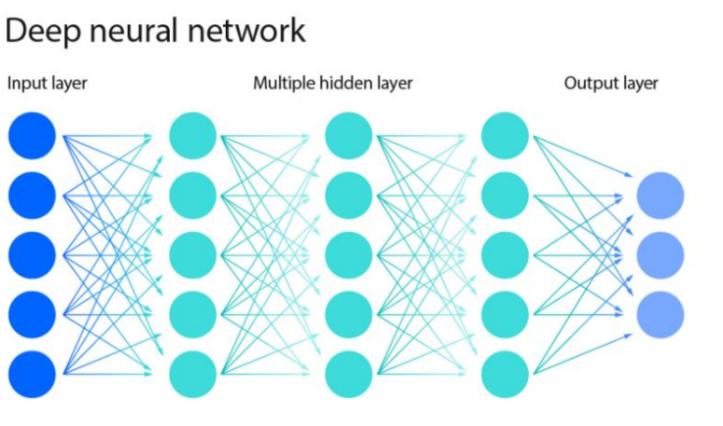
How does CNN work?
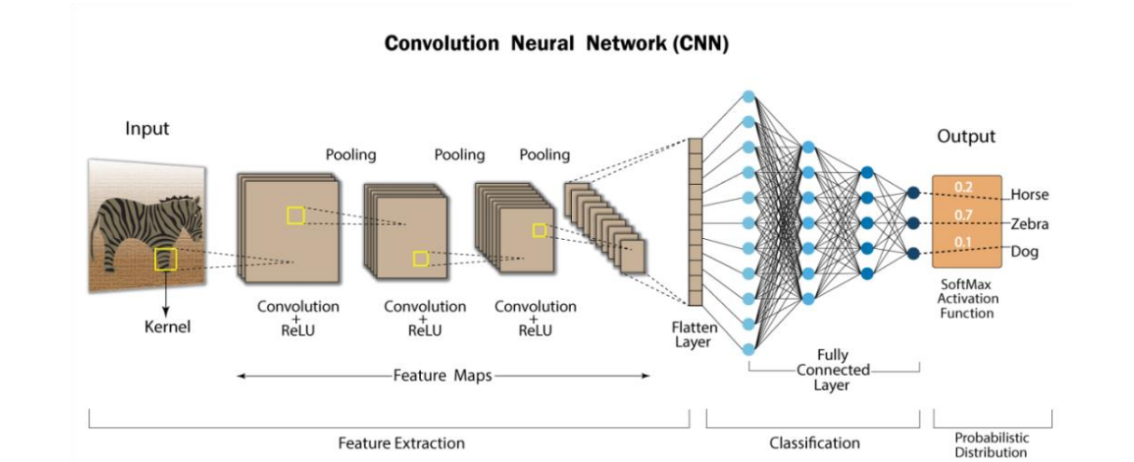
CNNs work by processing images through convolutional and pooling layers. The convolutional layers are responsible for extracting features from the images, while pooling layers reduce the dimensionality of the data. Afterward, the results pass through fully connected layers for classification.
Stages of CNN Operation:
Convolutional Layer:
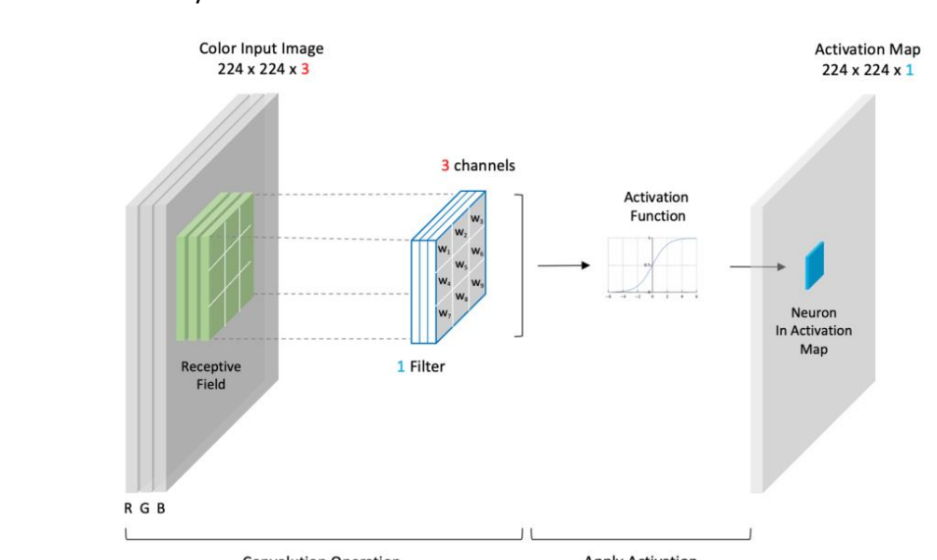
- This is the primary layer in CNNs. Convolutional operations are performed to extract features from the image using filters or kernels.
- This layer applies convolutional operations to the input data. Convolution involves sliding a small filter/kernel over the input data to extract local features, capturing patterns like edges, textures, or more complex structures.
Activation Layer:
- After the convolution operation, an activation function is applied element-wise to the resulting data. Common activation functions include Rectified Linear Unit (ReLU), Sigmoid, or Hyperbolic Tangent (Tanh). ReLU is often preferred for its simplicity and efficiency training.
- Activation layers (e.g., ReLU) are applied after each convolutional layer to introduce non- linearity and enable the model to learn more complex relationships.
Pooling Layer:
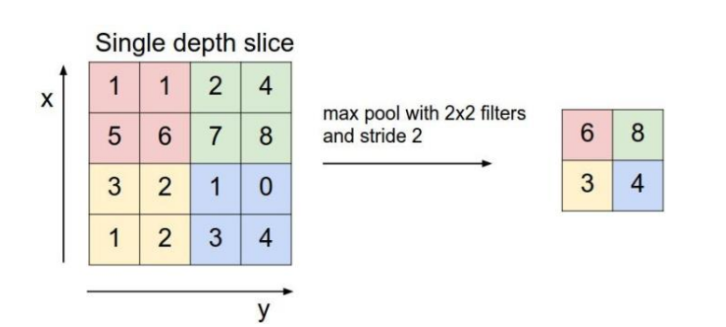
- Pooling layers are used to downsample the spatial dimensions of the input volume. Max pooling is a common technique where the maximum value within a small window is taken, reducing the spatial size and retaining important features. Pooling helps reduce the computational load and control overfitting.
Flattening:
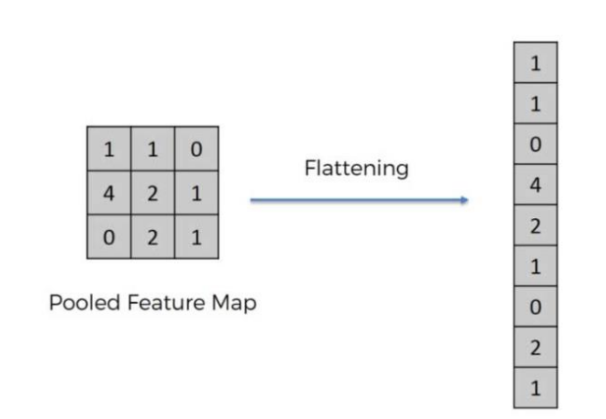
After the convolutional and pooling layers, the data is flattened into a one-dimensional vector. This is necessary to connect the convolutional layers to the fully connected layers, as these layers expect a flat input.
Fully Connected Layer:
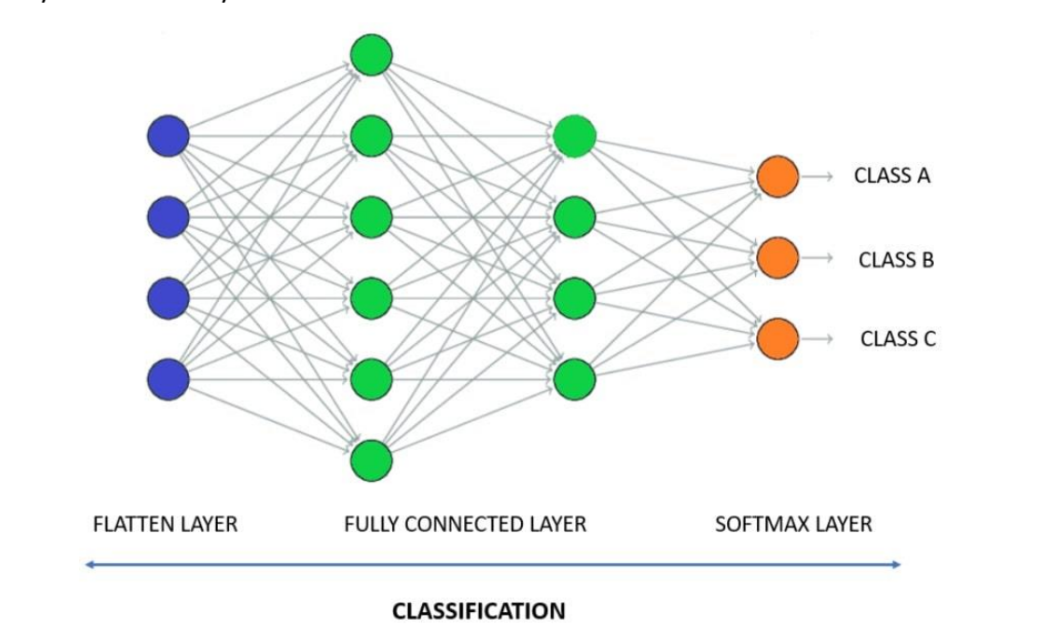
- These layers connect every neuron in one layer to every neuron in the next layer, similar to traditional neural networks. Fully connected layers are typically employed after convolutional and pooling layers to combine high-level features and make decisions based on them.
Output Layer:
- The final layer produces the network's output. The architecture depends on the specific task. For classification problems, the output layer often has as many neurons as there are classes, with a suitable activation function (e.g., softmax for multi-class classification).
Example of Implementation:
Let's look at an example implementation of a CNN using the MNIST dataset (handwritten digit dataset) with TensorFlow and Keras.
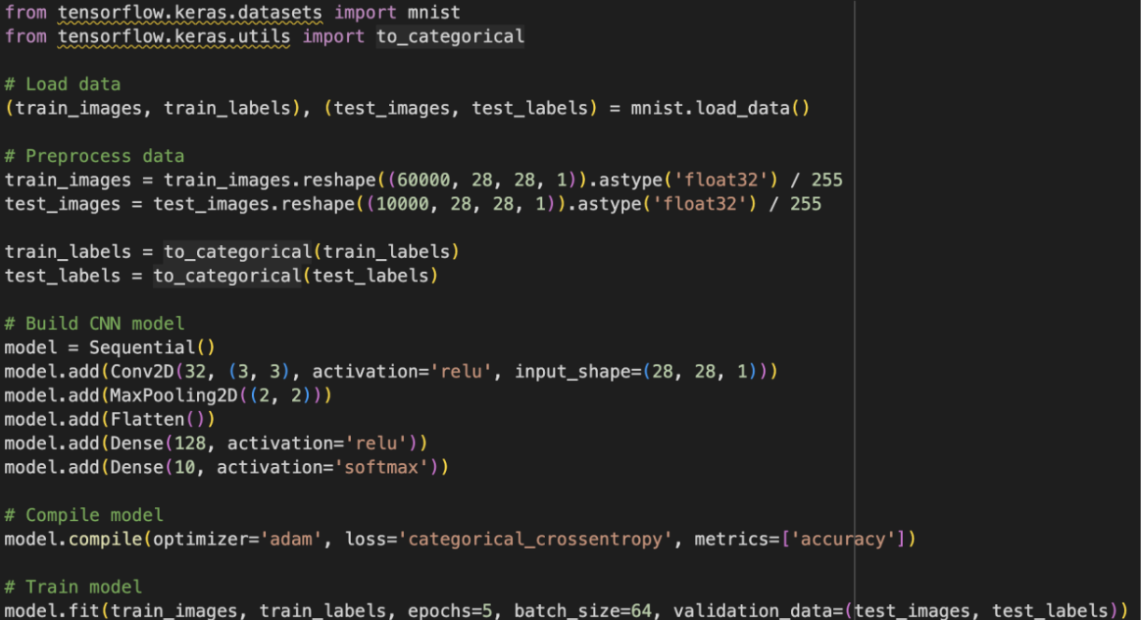
Conclusion:
Convolutional Neural Networks (CNNs) implemented with TensorFlow represent a highly effective approach for image classification tasks. Here are the key takeaways regarding the use of CNNs with TensorFlow for image classification:
-
Hierarchical Feature Extraction: CNNs enable the hierarchical extraction of features from images using convolutional layers. This allows the model to automatically discern important features at various levels of abstraction.
-
Convolutional and Activation Layers: Convolutional layers are used to extract patterns from images, while activation layers (such as ReLU) introduce non-linearity to the model. The combination enables the learning of complex features.
-
Pooling for Spatial Dimensionality: Pooling layers help reduce the spatial dimensions of image representations, decreasing the number of parameters and enhancing computational efficiency without losing crucial information.
-
Flattening and Fully Connected Layers: The output from preceding layers is flattened and connected to fully connected layers to produce the final output. This enables the model to make predictions based on learned features.
-
Output Layer and Activation Function: The output layer employs the softmax activation function to produce probabilities for possible classes. This allows the model to provide final predictions with confidence levels.
-
Implementation with TensorFlow and Keras: TensorFlow and Keras provide a powerful and user-friendly framework for implementing CNNs. With clear syntax and comprehensive support, building, training, and evaluating CNN models become more accessible.
-
Data Preprocessing and Model Evaluation: Data preprocessing, including normalization and format conversion, is a crucial step. Evaluating the model using metrics such as accuracy and loss helps assess its performance on test data.
bagikan
ARTIKEL TERKAIT
